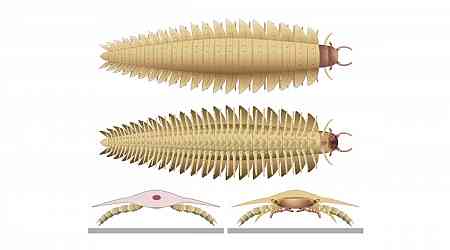When Dr. Sarah Chen first examined the unusual footprints in South Korea's Jinju Formation, she knew she'd stumbled onto something extraordinary. "These weren't your typical dinosaur tracks," says Chen, lead researcher at the International Institute of Paleontology. "The spacing was unlike anything we'd seen before." The footprints, belonging to the newly studied Dromaeosauriformipes rarus, tell a remarkable story of adaptation. Dated to approximately 106 million years ago, these tracks reveal a creature that seems to have pushed the boundaries of what scientists thought possible for its size.
With prints spaced up to 31 centimeters apart, this early Cretaceous dinosaur appears to have been built for speed. According to findings published in the Proceedings of the National Academy of Sciences, D. rarus could reach speeds of 38 kilometers per hour – roughly the pace of a modern-day ostrich. But how did this relatively small dinosaur achieve such impressive velocities?
The Secret Weapon: Wing-Assisted Running
"We believe D. rarus used its wings as thrust-generating appendages during high-speed running," explains Dr. Marcus Rodriguez, a biomechanics expert who contributed to the study. "Think of it as an evolutionary prototype for what we see in modern flightless birds."
Was It a Bird? Was It a Plane?
The abrupt end to the trackway has sparked intense debate within the paleontological community. Dr. Emma Thompson, who wasn't involved in the study, suggests this could indicate a transition to flight. "The presence of feathers on this species, combined with these unique tracks, forces us to reconsider everything we thought we knew about the evolution of flight," she notes.
Implications for Bird Evolution
This discovery could revolutionize our understanding of how flight evolved. Rather than following a single evolutionary path through bird-like dinosaurs, the ability to fly may have developed independently multiple times. "What we're seeing here," says Chen, "might be just one of many experiments in early flight adaptation." The findings also raise intriguing questions about other feathered dinosaurs. If D. rarus could indeed fly, it suggests that flight capabilities might have been more widespread among dinosaurs than previously thought.
As researchers continue to analyze the Jinju Formation tracks, one thing becomes clear: the story of flight evolution is far more complex than we imagined. With each new discovery, we're forced to redraw the family tree that connects ancient dinosaurs to modern birds.
































